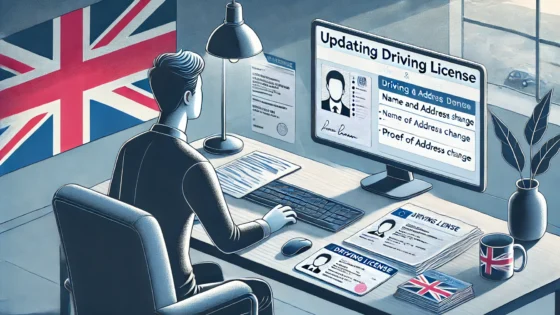Pedestrian safety is a critical aspect of road safety, as pedestrians are among the most vulnerable road users. Unlike drivers, pedestrians lack protective barriers, making them more susceptible to severe injuries or fatalities in accidents. Following proper safety practices can significantly reduce the risk of accidents and ensure a safer experience for everyone on the road.
1. Use Designated Crosswalks and Pedestrian Paths
Crossing the road at designated crosswalks or pedestrian bridges is one of the most effective ways to avoid accidents. These areas are designed to provide a safe crossing point, often equipped with traffic signals or signs to alert drivers. Avoid crossing the road at unmarked locations, as drivers may not anticipate pedestrians.
2. Pay Attention to Traffic Signals
Pedestrians should always obey traffic signals, including walk and stop signs at intersections. Crossing against the signal is not only illegal but also extremely dangerous. Even when the signal indicates it’s safe to cross, look both ways to ensure oncoming vehicles have stopped completely.
3. Avoid Distractions
Distracted walking, such as texting, talking on the phone, or listening to music with headphones, can impair a pedestrian’s awareness of their surroundings. Always keep your attention on the road and traffic around you to detect potential hazards.
4. Be Visible to Drivers
Pedestrians should make themselves visible to drivers, especially at night or in poor weather conditions. Wearing bright or reflective clothing can help drivers spot you from a distance. Carrying a flashlight or using your phone’s flashlight when walking in dark areas can also increase visibility.
5. Make Eye Contact with Drivers
Before crossing the road, try to make eye contact with drivers to ensure they see you. This simple action can reduce misunderstandings and provide confirmation that it’s safe to cross. Avoid assuming that a driver has noticed you simply because you are in a crosswalk.
6. Stay on the Sidewalk or Walk Facing Traffic
Always use sidewalks where available. If a sidewalk isn’t available, walk on the side of the road facing oncoming traffic. This allows you to see vehicles approaching and react if necessary. Avoid walking on roads with high-speed traffic or poor visibility.
7. Avoid Alcohol and Drugs
Just as alcohol and drugs impair drivers, they can also impair pedestrians. Intoxication reduces reaction time, balance, and judgment, increasing the risk of accidents. Always ensure you are sober and alert when walking near traffic.
8. Teach Children Safe Practices
Children are often unaware of the dangers posed by traffic. Teach them to cross only at crosswalks, obey traffic signals, and always look both ways before crossing. Holding hands with young children near busy roads can provide added safety.
9. Be Extra Cautious in High-Traffic Areas
Urban areas with heavy traffic or intersections with multiple lanes require extra attention. Be aware of turning vehicles and ensure drivers have yielded before crossing. Avoid jaywalking or crossing between parked cars, as this limits visibility for both pedestrians and drivers.
10. Monitor Weather Conditions
Rain, fog, or snow can reduce visibility for both pedestrians and drivers, making accidents more likely. Wear appropriate footwear to prevent slipping and stay alert to avoid vehicles that might struggle to stop on wet or icy roads.
11. Avoid Running or Darting Across Roads
Sudden movements, such as running across the street, can catch drivers off guard. Always cross the road at a steady pace and ensure you have enough time to reach the other side safely.
12. Use Technology Wisely
While apps like GPS and navigation tools can be helpful, avoid excessive reliance on your phone when walking near traffic. Pause at a safe spot to check your directions rather than walking and looking at your screen simultaneously.
Conclusion
Pedestrians have a shared responsibility in ensuring road safety by following these tips and staying vigilant. Being proactive, attentive, and cautious can drastically reduce the likelihood of accidents. Safe practices not only protect you but also contribute to a safer environment for all road users. Always remember that safety comes first, whether you’re walking in a busy urban area or a quiet rural setting.



